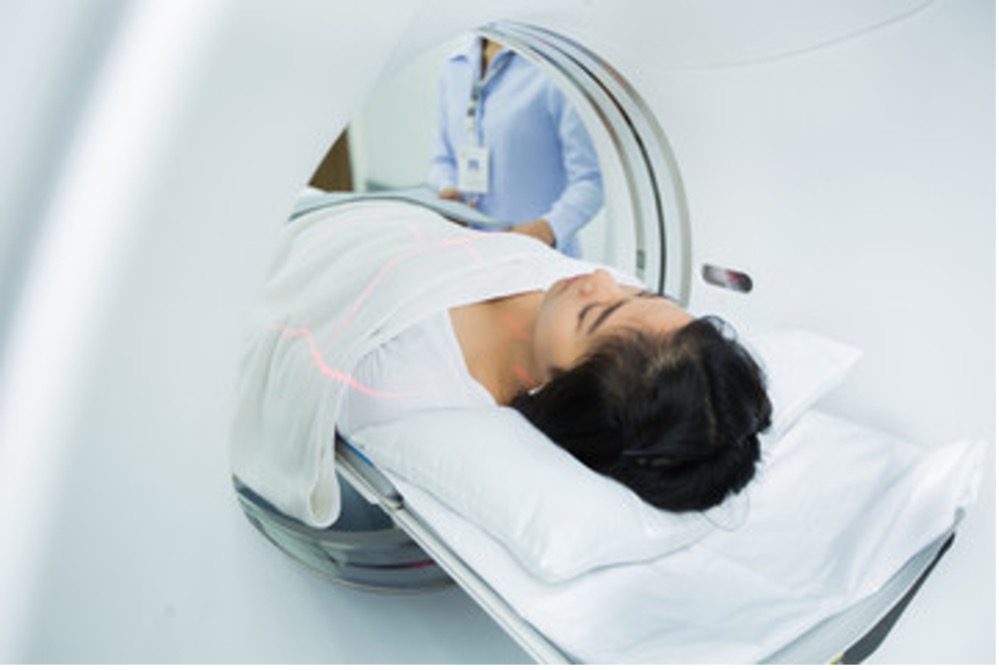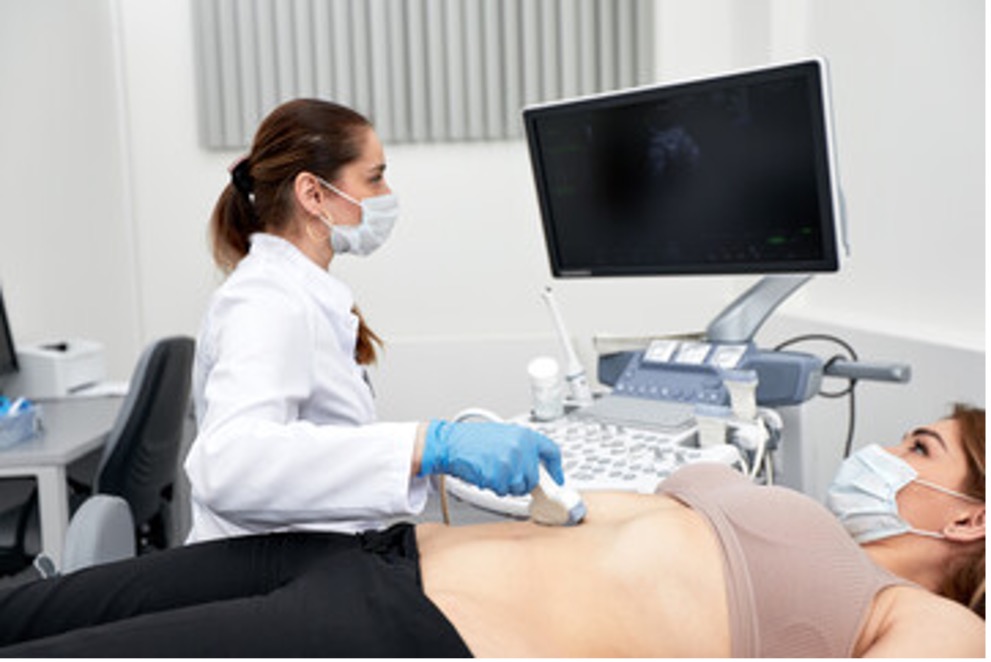April 13, 2023 | By John Raslavsky | Liver, Liver Disease | Blog, Clinical research, CT Scan, Fatty Liver Disease, Fibroscan, liver health, MRI
 Have you ever wondered how well your liver is functioning? Our latest blog gives you the inside scoop on the 3 most common liver scans. Learn more about what they are, how they work, and who can benefit from them!
Have you ever wondered how well your liver is functioning? Our latest blog gives you the inside scoop on the 3 most common liver scans. Learn more about what they are, how they work, and who can benefit from them!
The human body has a lot of hardworking components, but few can compare to the liver. This organ works day and night, performing countless essential functions. Whether it’s metabolism, detoxification, or ensuring vitamin A production, our liver does it all. The list of responsibilities is almost endless, from fighting infections to regulating sugar levels and sleep cycles to maintaining proper cell function. No matter our lifestyle or health concerns, taking care of this mighty organ should always remain a top priority. Thankfully these days, there are various options available that enable us to monitor our liver health regularly. Here are 3 of the most common liver scans used and how they work!

A Computed Tomography (CT) liver scan is a twofold procedure that uses X-rays and computers to generate detailed images of a patient’s liver. The scan focuses on the liver, ruling out other organs or tissue, enabling it to measure the organ’s size and pick up any abnormalities that may be present such as lesions, tumors, cysts, blood vessel issues, and signs of inflammation. A CT liver scan can help doctors diagnose conditions such as cirrhosis and infections that affect the organ. Additionally, these scans can provide valuable information about the progress being made in recovery from treatments like chemotherapy or radiation therapy.
Ultrasound Elastography, also known as Fibroscans, is a powerful tool for diagnosing and managing damage to the liver. Using ultrasound technology, these tests measure the stiffness of the organ and can detect any inflammation or injury present in the liver. It’s a practical approach for detecting diseases such as Hepatitis C and autoimmune hepatitis or providing feedback on how well treatment methods for these conditions have been functioning. The exam is noninvasive and straightforward – a probe is placed over the abdomen, and signals bounce off the liver to provide exact measurements. No needles, no pain – just understanding the current health of the liver.

MRI stands for magnetic resonance imaging, an advanced technology used to analyze the body, particularly the liver. This form of imaging is essential when diagnosing a long list of conditions that could affect the liver, including cirrhosis, fatty liver disease, and tumors. An MRI works by creating detailed scans by combining a strong external magnetic field and radio waves which cause hydrogen atoms inside the body to behave like tiny magnets. For an MRI scan, the patient’s body is placed near a powerful magnet connected to a computer, creating several pictures of each cross-section of the tested organ. It’s important to note that an MRI differs from a Fibroscan, which uses ultrasound technology to measure how stiff tissue is. Both medical tools play a vital role for doctors, who can then use the data analyzed from these scans to better understand how best to treat their patients.
No matter what liver testing option is provided, being proactive about your well-being through regular liver testing is important to staying healthy.
 Don’t place your liver health on hold! Explore screening options at Arizona Liver Health by visiting our website to learn more about our services!
Don’t place your liver health on hold! Explore screening options at Arizona Liver Health by visiting our website to learn more about our services!
Resources:
https://stanfordhealthcare.org/medical-tests/l/liver-disease-testing/procedure.html
https://www.medicalnewstoday.com/articles/liver-scan
https://www.hopkinsmedicine.org/health/treatment-tests-and-therapies/liver-scan